
International Art | Sculpture
Satyr with wineskin cast 19th century
after UNKNOWN ROMAN

International Art | Sculpture
Satyr with wineskin cast 19th century
after UNKNOWN ROMAN

International Art | Painting
The prodigal son c.1780-1840
UNKNOWN

International Art | Sculpture
Spinario cast late 19th century
after School of PASITELES

Asian Art | Print
Courtesans (reprint) unknown
after EISEN
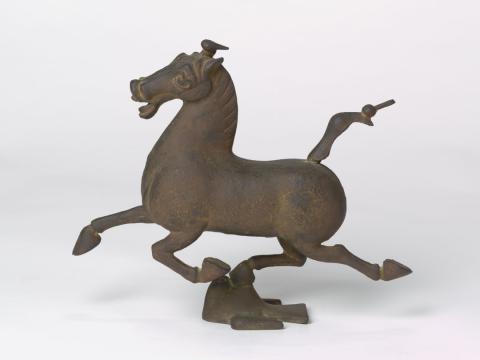
Asian Art | Sculpture
Flying horse of Kansu cast 1973
after EASTERN HAN ARTIST
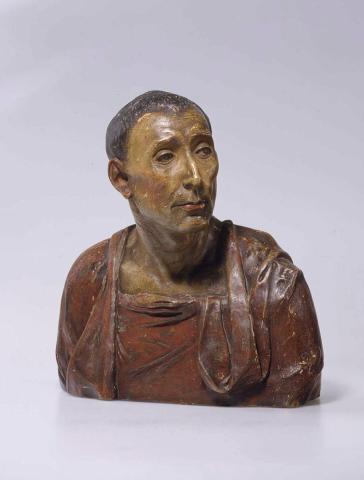
International Art | Sculpture
Bust of Niccolo da Uzzano unknown
after DONATELLO

International Art | Sculpture
Borghese warrior 19th century
after AGASIUS THE EPHESIAN

Pacific Art | Fibre
Jipai (mask) 2011
AFEX, Ben

International Art | Glass
Decanter c.1875-1900
AESTHETIC STYLE

International Art | Glass
Vase c.1880-1900
AESTHETIC STYLE

International Art | Glass
Vase c.1880-1900
AESTHETIC STYLE
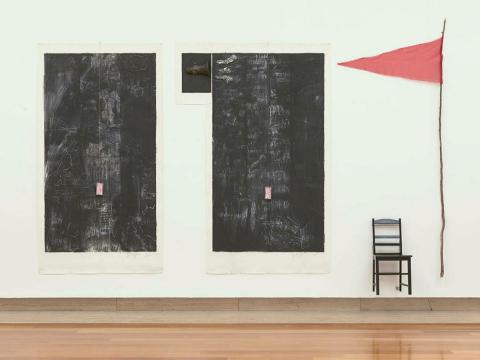
Contemporary Australian Art | Installation
Blackboards with pendulums 1992
KENNEDY, Peter

International Art | Drawing
Design
ADAM, Sicander

International Art | Metalwork
Tea urn c.1770-1800
ADAM STYLE

International Art | Ceramic
Long necked vase c.1900-50
ACOMO PUEBLO
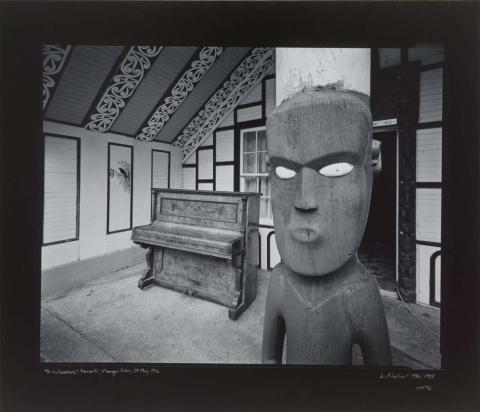
Pacific Art | Photograph
'Te Waiherehere', Koroniti, Wanganui River, 29 May 1986 1986, printed 1997
ABERHART, Laurence
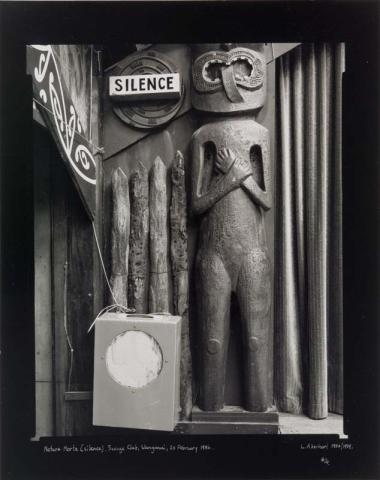
Pacific Art | Photograph
Nature morte (silence), Savage Club, Wanganui, 20 February 1986 1986, printed 1999
ABERHART, Laurence
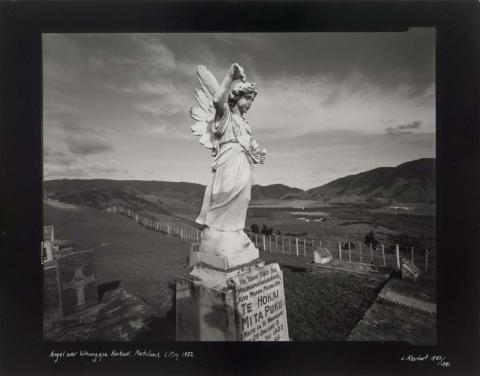
Pacific Art | Photograph
Angel over Whangape Harbour, Northland, 6 May 1982 1982, printed 1991
ABERHART, Laurence
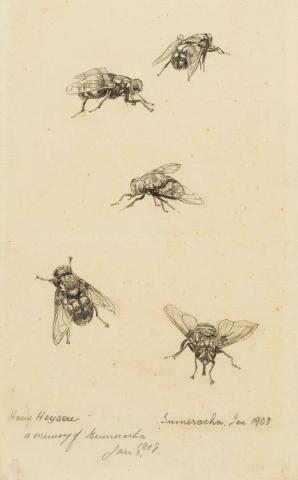
Australian Art | Drawing
A memory of Gumeracha (study of flies) 1908
HEYSEN, Hans

Pacific Art | Print
The boxer 2009
ABEL, Patrik
By Nicholas Chambers
Artlines | 3-2008 | September 2008
Landing is a major work by German artist Thomas Demand, a pioneering figure in contemporary photography, that was first displayed at the artist's 2007 survey exhibition at the Irish Museum of Modern Art, 'Thomas Demand: L'Esprit d'Escalier'.
Having studied sculpture at Dusseldorf's prestigious Kunstakademie alongside Katharina Fritsch and Thomas Schutte (who have since become two of Germany's most prominent contemporary sculptors), Demand began his career as a sculptor producing delicate paper constructions resembling models. In 1989, he began photographing his sculptures to record them and, over time, found himself more and more fascinated by these images. Ultimately, they led to a major shift in Demand's practice when, in 1993, he began to produce models for the sole purpose of photographing them.
Since then, Demand has become internationally renowned for his highly original and influential approach to photography. His works usually take their point of departure from a found image. Demand then proceeds to make a meticulous, large-scale model, reconstructing the image using paper and cardboard. The construction of the model takes place in front of the artist's camera, allowing him to compose the photograph by making adjustments to the actual model — a process directly inverse to the common practice of digitally manipulating a photograph after it has been captured. Once complete, Demand produces a single carefully lit and composed image, and then destroys the model.
Demand has said that an aim of his work is to slow things down — an idea that is reflected not only in the labour-intensive process for producing the image, but also in the way that we read the image as a viewer. Landing, for example, appears to depict a straightforward view of an accident on a set of stairs. There is, however, something unsettling and surreal about the image that entices us to spend time looking at the detail of the work and, as we do so, its artifice begins to unravel. Small details, such as the smooth finish to the floor, seem strangely unnatural and lead us to question other elements of the scene, ultimately revealing the image to be a construction.
Like many of Demand's works, Landing has a clinical, seemingly factual quality that we might associate with crime-scene photography; Demand is drawn to such images due to their attempt to faithfully represent reality. However, his process has the effect of depicting reality at a triple remove, and by drawing our attention to the image's construction — revealing what we might think of as 'cracks' in representation — he aims to problematise notions of photography's ability to accurately represent the world.
Landing is based on a conservator's photograph of an unfortunate incident at the Fitzwilliam Museum in Cambridge, England: a man tripped over his shoelaces, fell down the stairs, and knocked over three valuable Qing Dynasty vases. Images of the aftermath quickly found their way onto the internet and were even published on a special website set up by the museum to document the restoration process.1 There is an undeniably slapstick quality to the photographs of the accident which Demand aims to exploit in his reconstruction. The title of the work also creates a kind of linguistic slapstick — 'landing' is an architectural term, but also it describes what happened to the vases.
Demand has noted that there is a self-reflexive aspect in this work in so far as the conservators' restoration of the vases relates to his reconstruction of the original scene. In Demand's words, 'the ceramics expert is reassembling the shards with the intention to make that hard landing undone (or at least invisible), whilst I reconstruct the view onto the fallen vases'.2 On the other hand, we might also see the smashed vases echoed in Demand's own process and his destruction of the model which generated the image.
Endnotes

1964
- present
Full profile
for DEMAND, Thomas